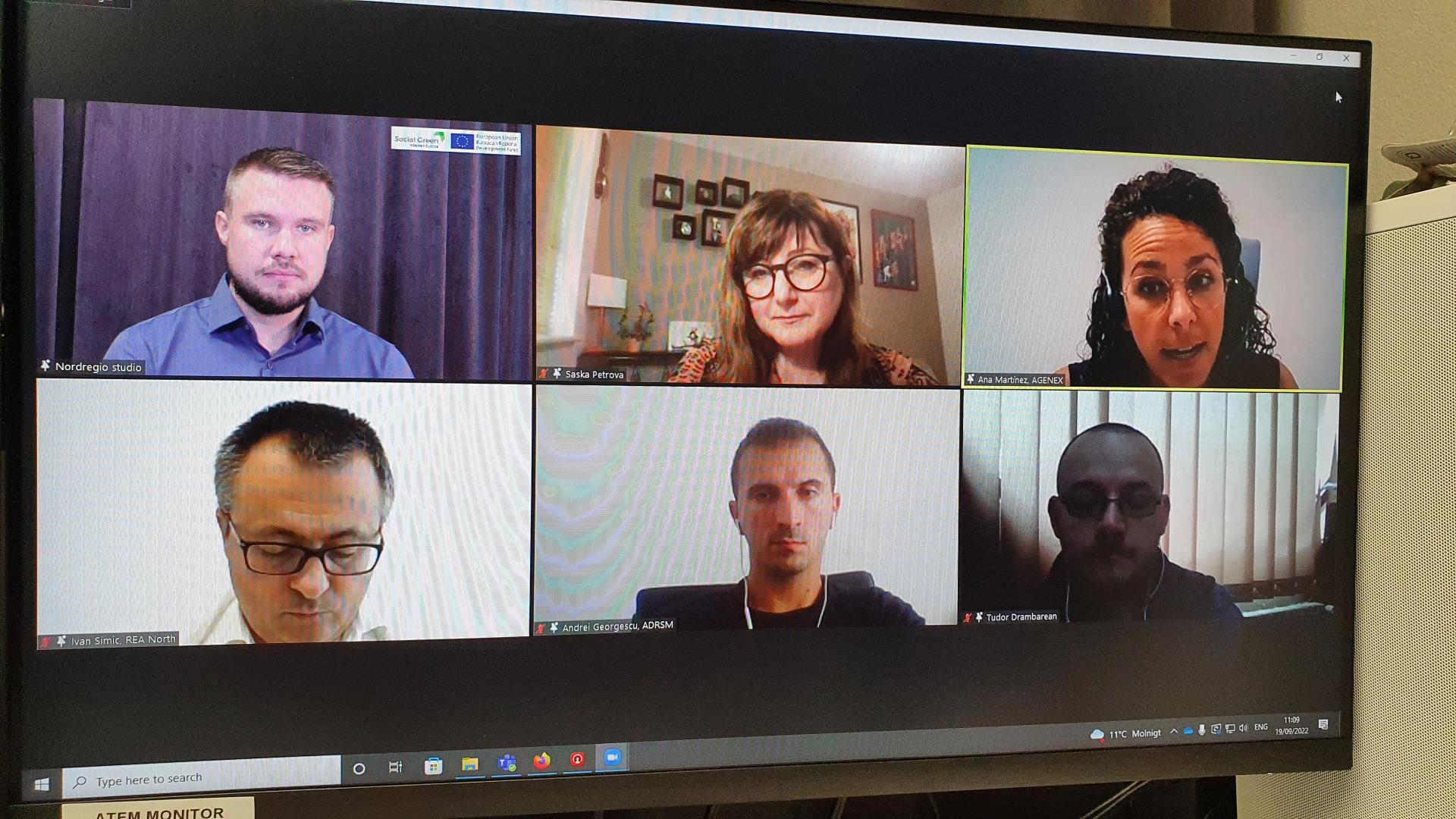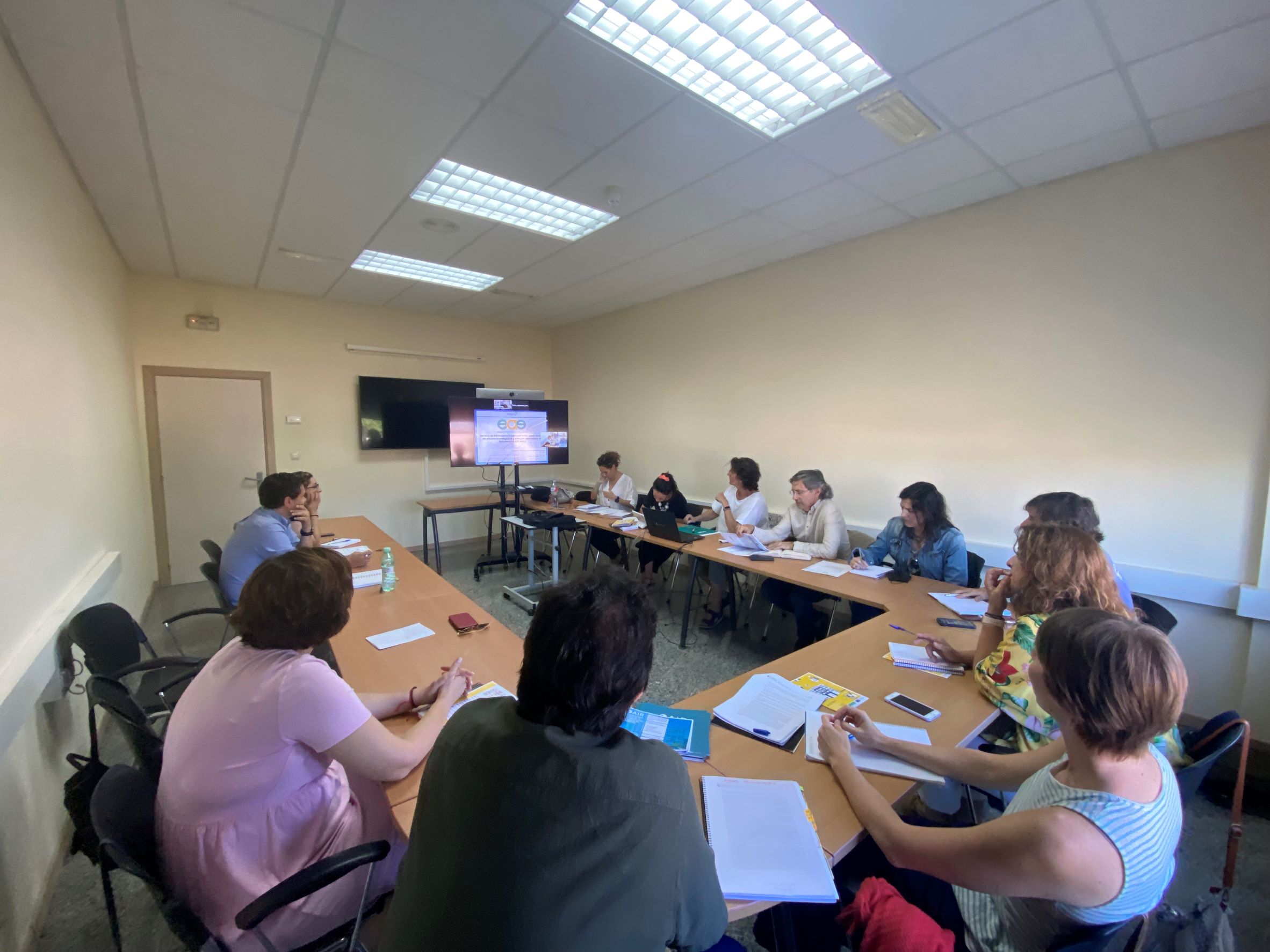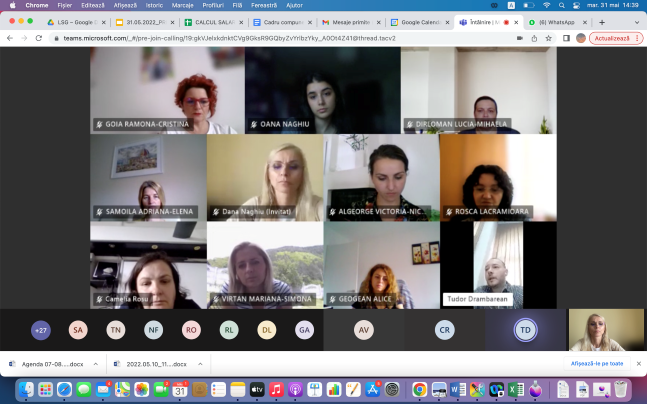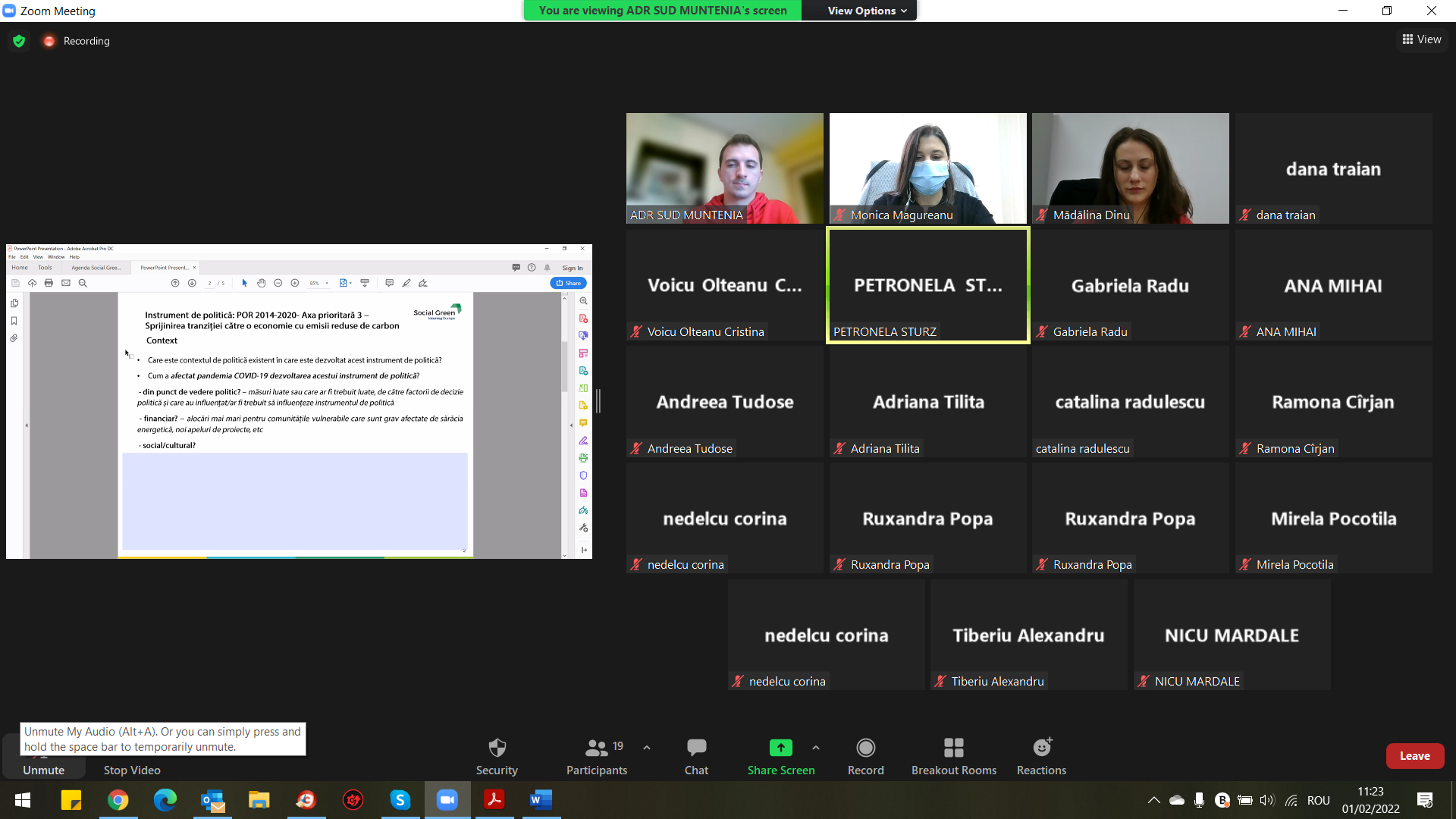The local stakeholder engagement was a core component in the preparation phase of the actions plans in the Social Green project. Both in Region Norte (PO) and in Estonia, the engagement of local stakeholders has been crucial in similar but also in unique ways.
First, in Region Norte (PT), the engagement throughout the preparation phase of the action plan by a diverse array of actors, including municipalities (who own most social housing apartment buildings), universities, etc. led to the identification of new policy measures. The partner had not expected to learn so much about energy efficiency measures in addition to what they already knew, but through the Social Green project, these aspects, such as considering the behavioural element of energy consumption, could be discussed also with other actors across Europe.
Furthermore, one of the main unexpected achievements in the action plan development and implementation in Region Norte were those related to the organisation of the spill over of the local stakeholder meetings. The meetings allowed the regional partner, the Regional Coordination and Development Commission of Norte (CCDR-N), to establish a platform between the main owners of social housing and the Managing Authority (MA).
From a policy-making point of view, CCDR-N and the local stakeholders are each now more articulate in communicating their needs, which allows them to create efficient and adapted policies at different levels of governance.
The case from Estonia is another example of collaborative efforts; however, in this case the roundtable discussions that were established between the Social Green Partner, TREA, and major stakeholders all over Estonia continued from the preparation phase into the implementation phase of the action plan. The roundtable discussions were an eye-opener for many stakeholders in Estonia to identify and understand the extent of many housing and energy-related issues in the country.
One example was that the successful KredEx scheme failed to target shrinking and/or rural regions. Identifying this deficiency led to improvement—adding a territorial dimension to the policy instrument—which was successfully performed throughout the Social Green project. Moreover, these roundtable discussions are still ongoing on a regular basis. In other words, a collaboration platform has been established which may continue in the future. During these meetings, the participating stakeholders are not only discussing energy-related issues, but all types of issues in the housing sector, which will allow for more important policy solutions to come.






